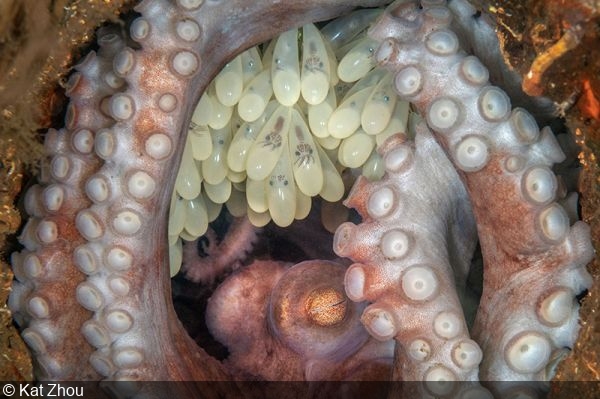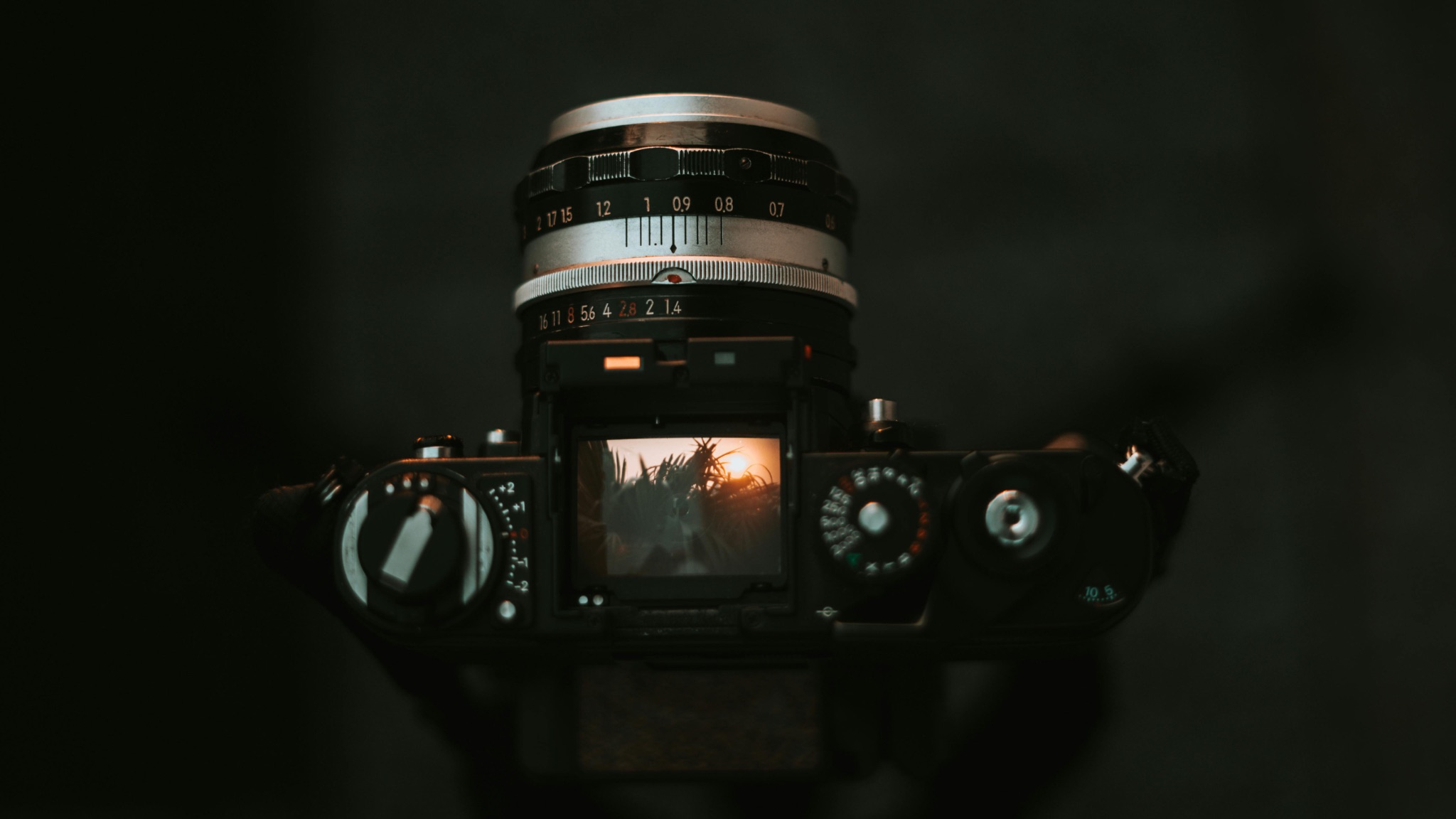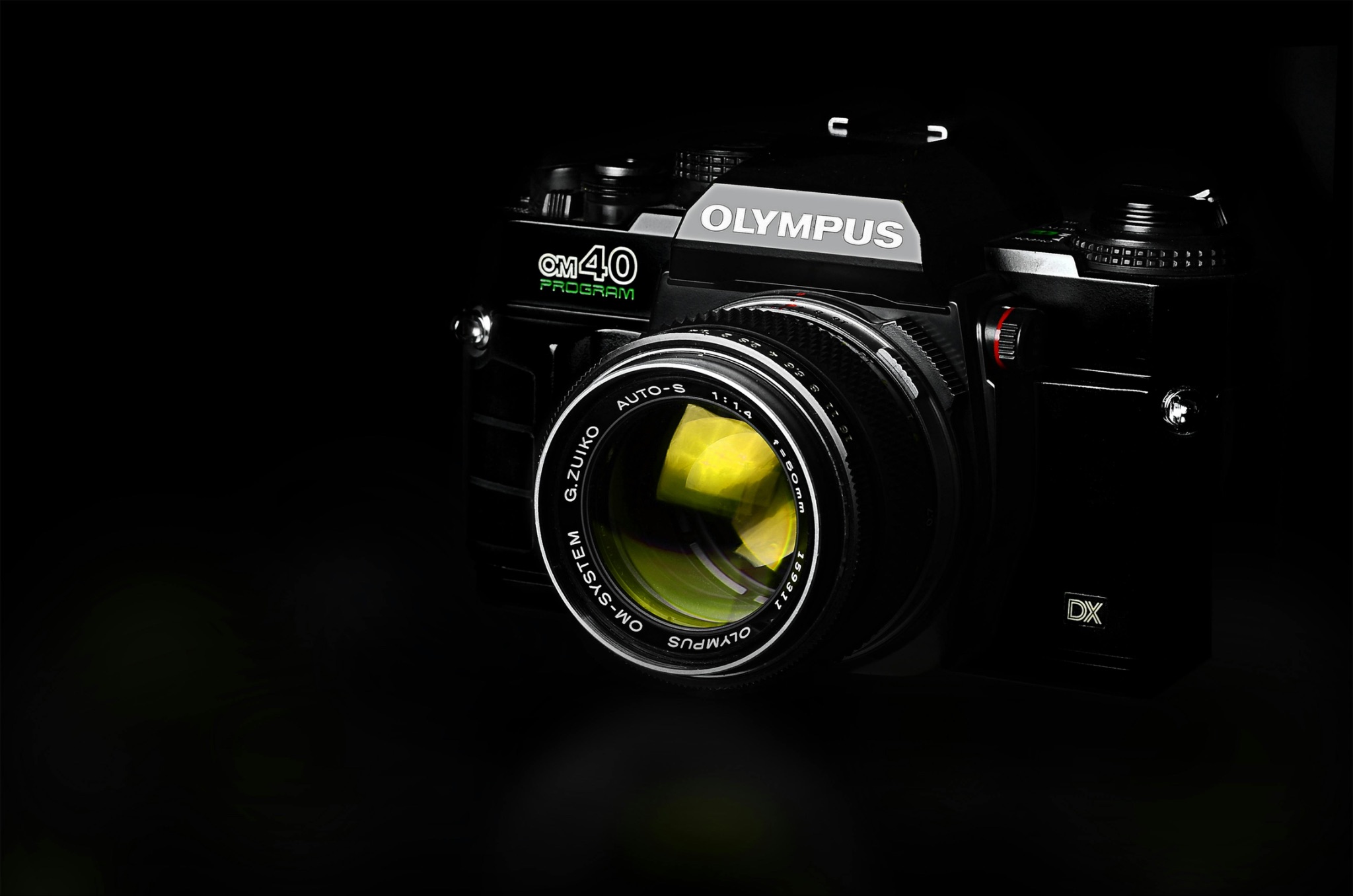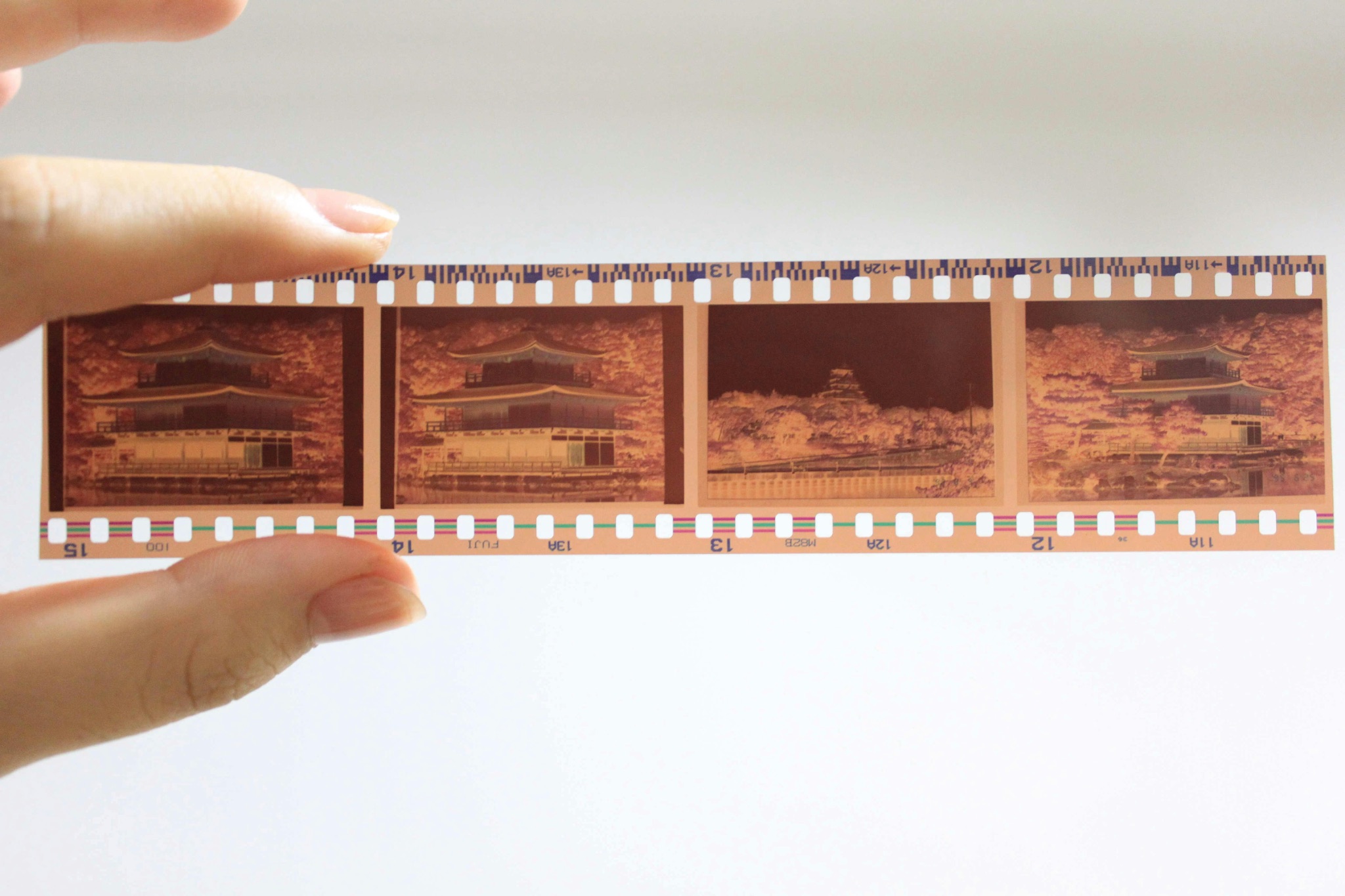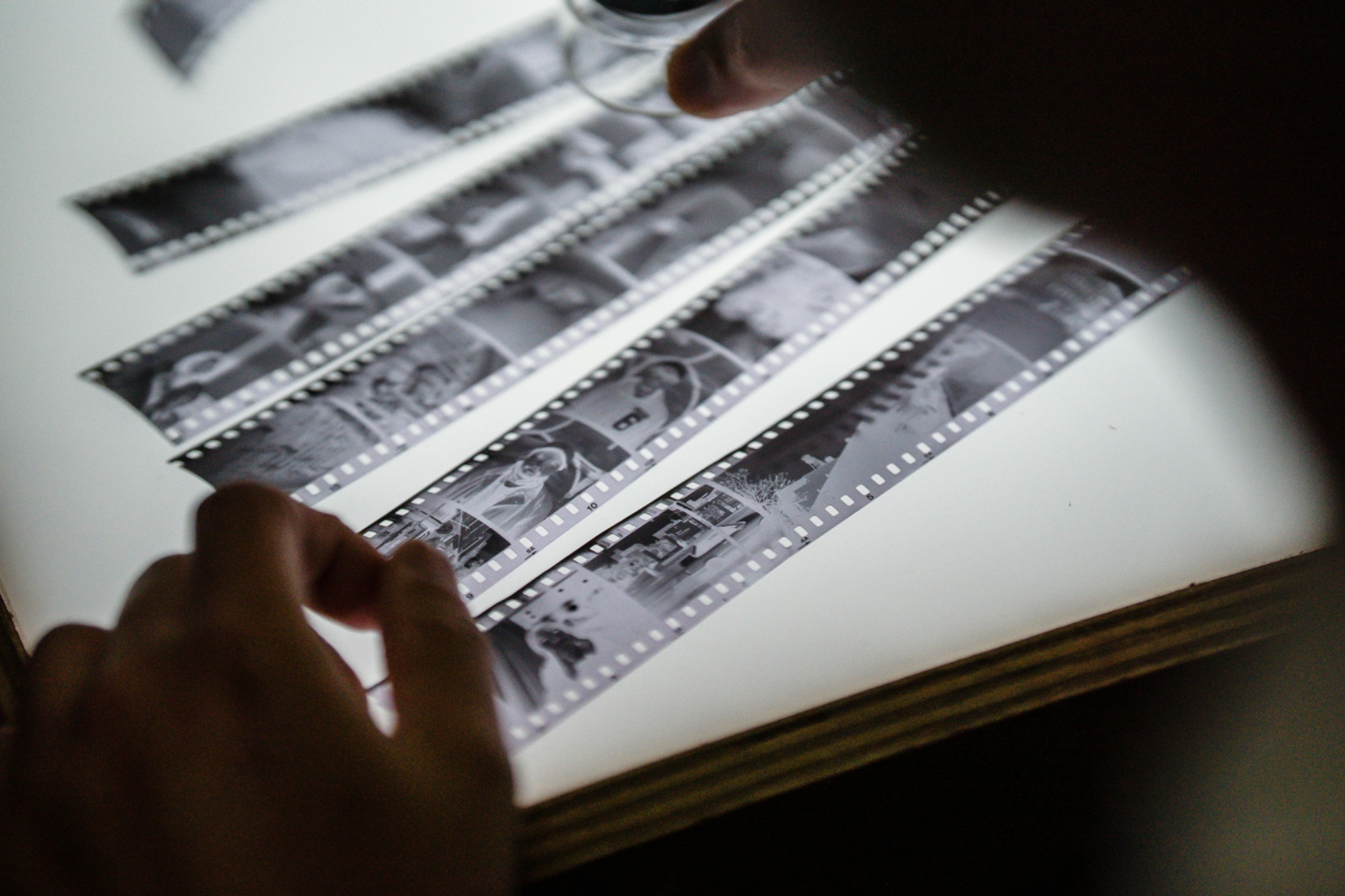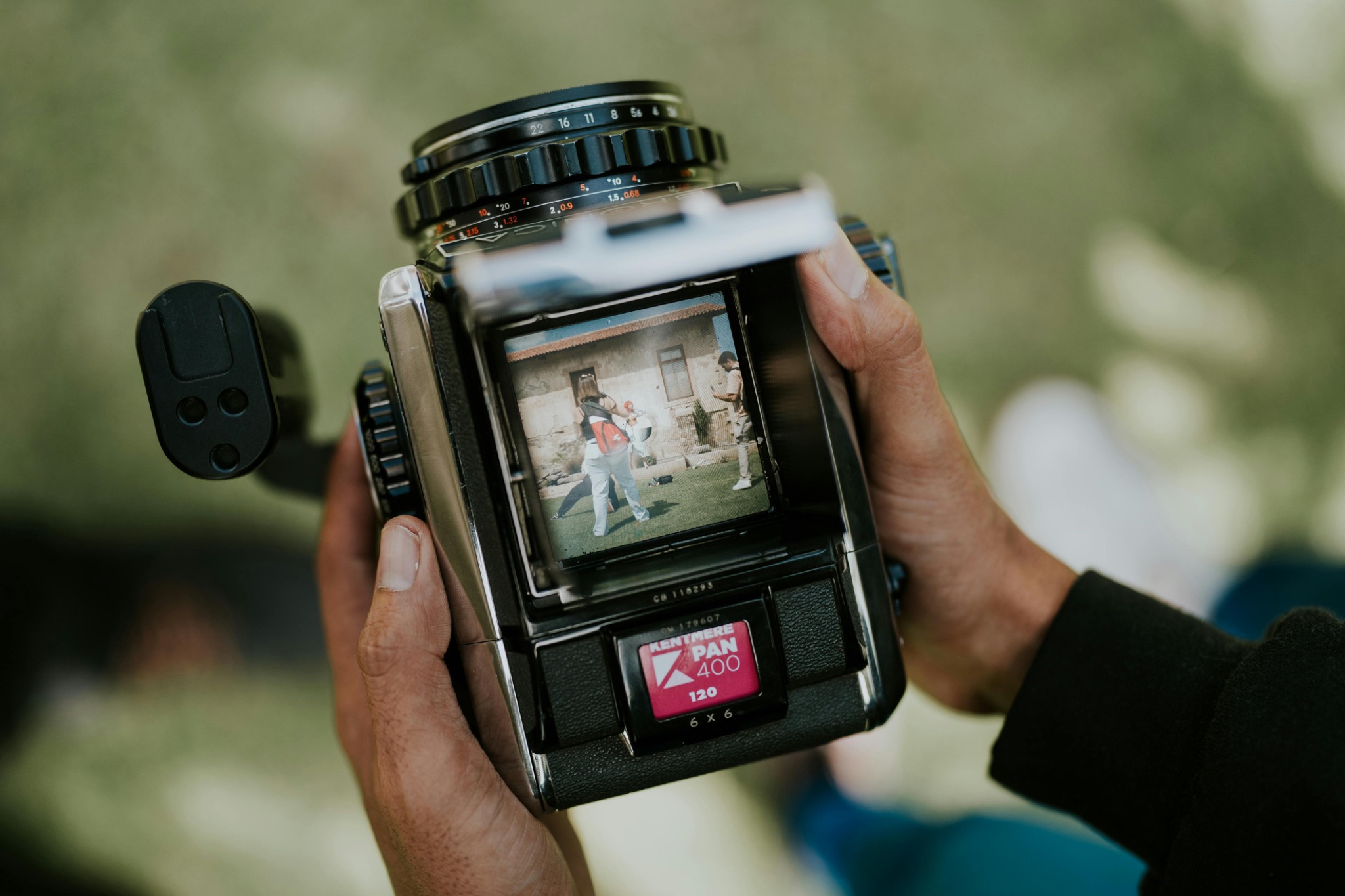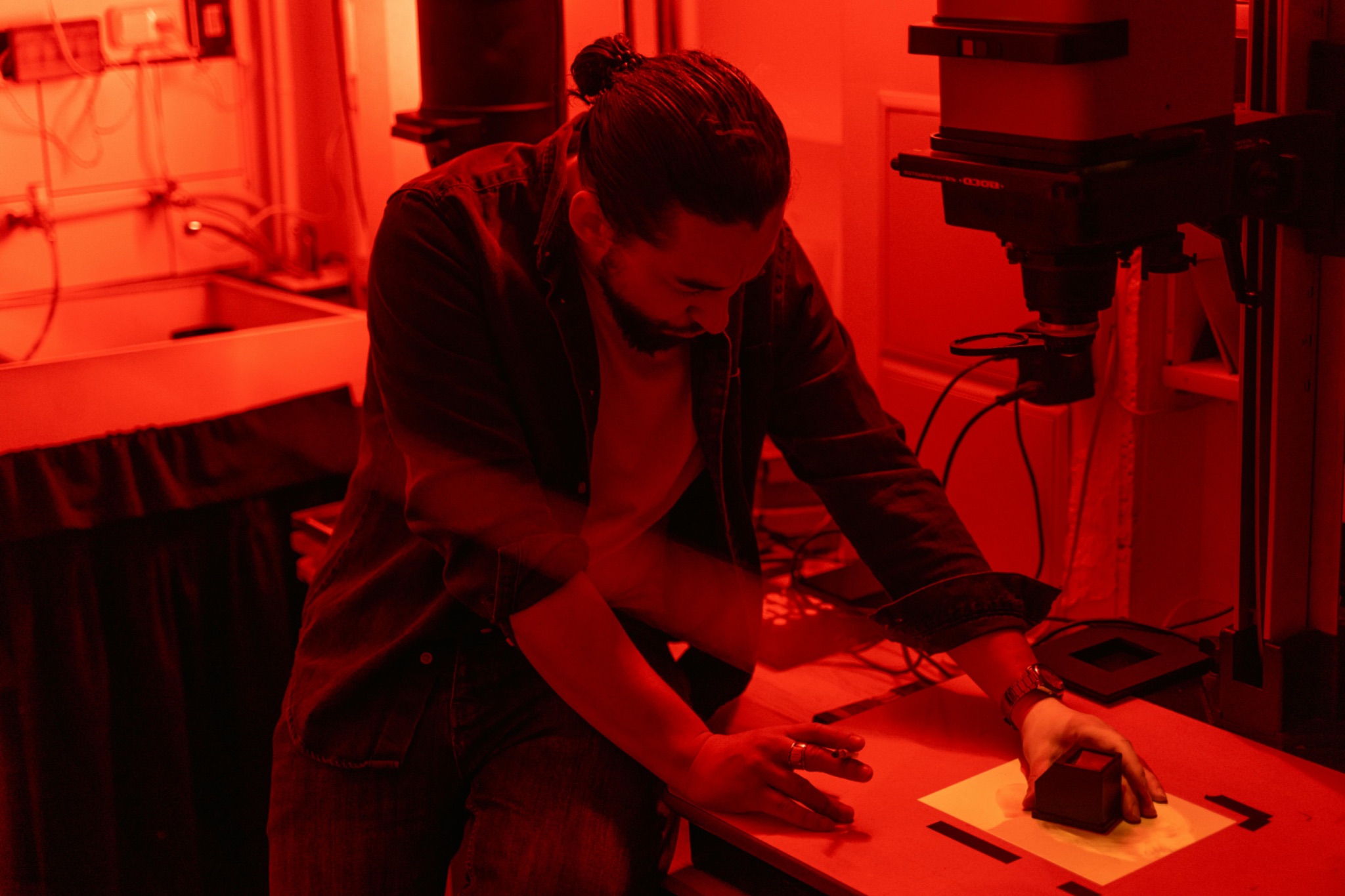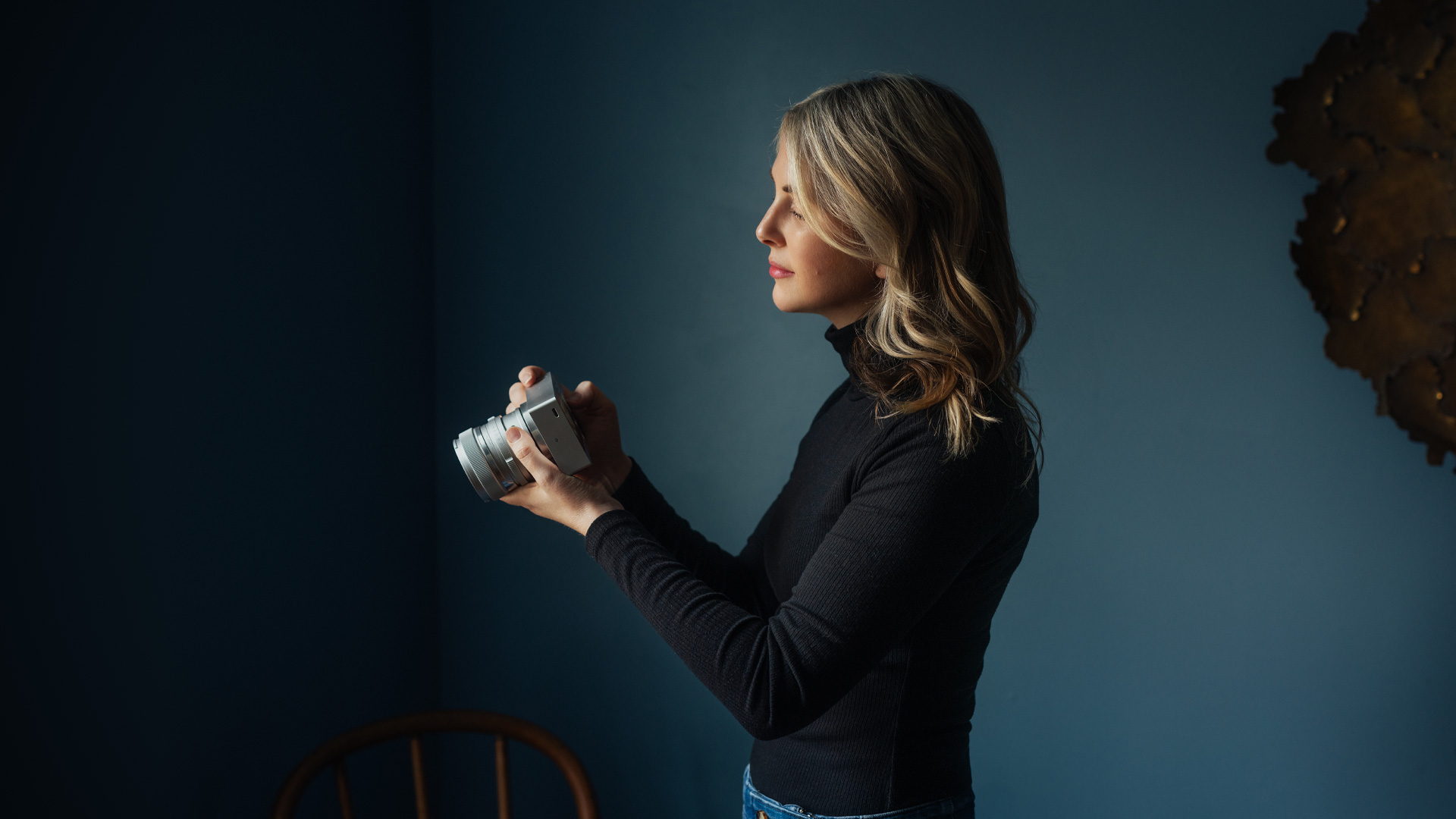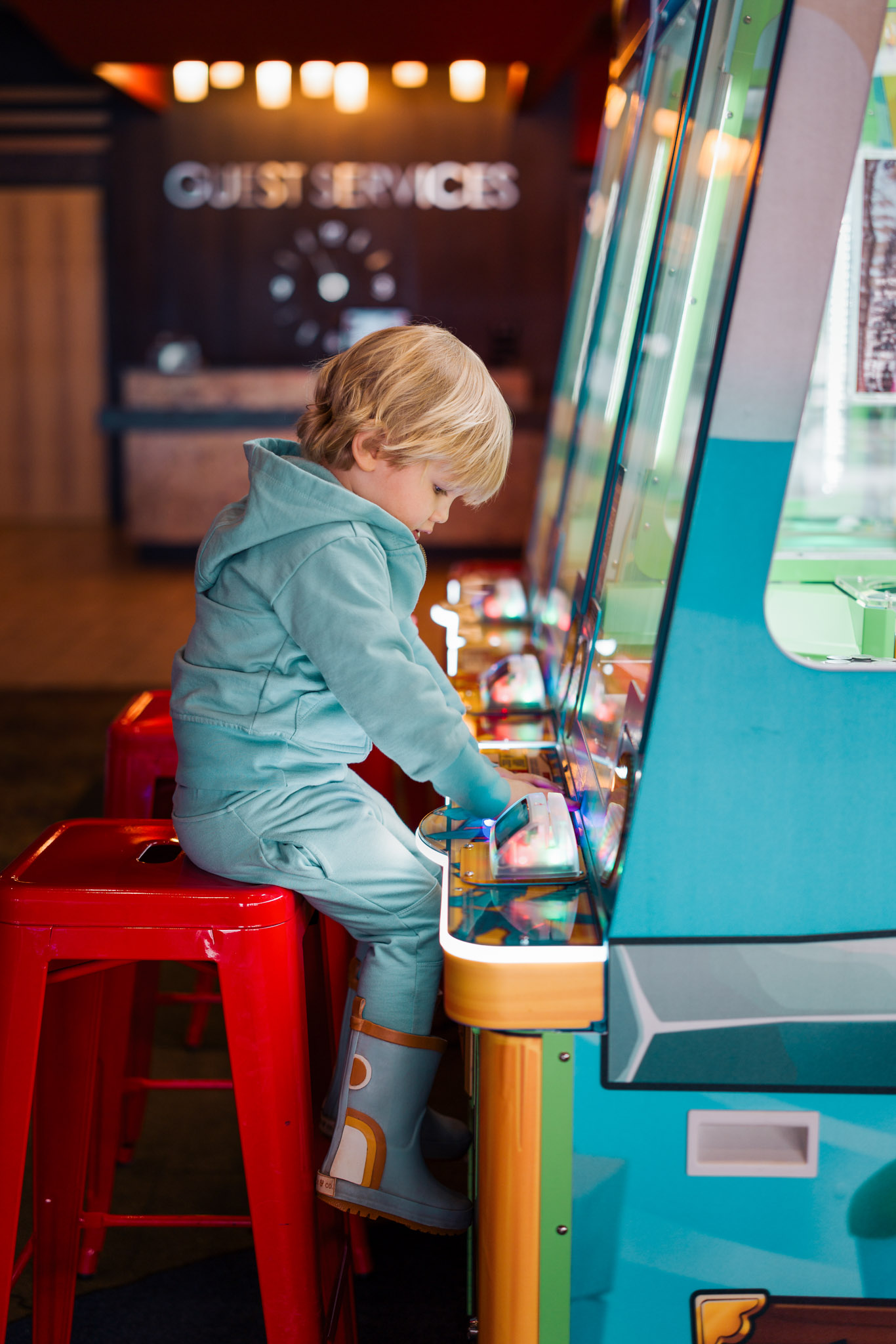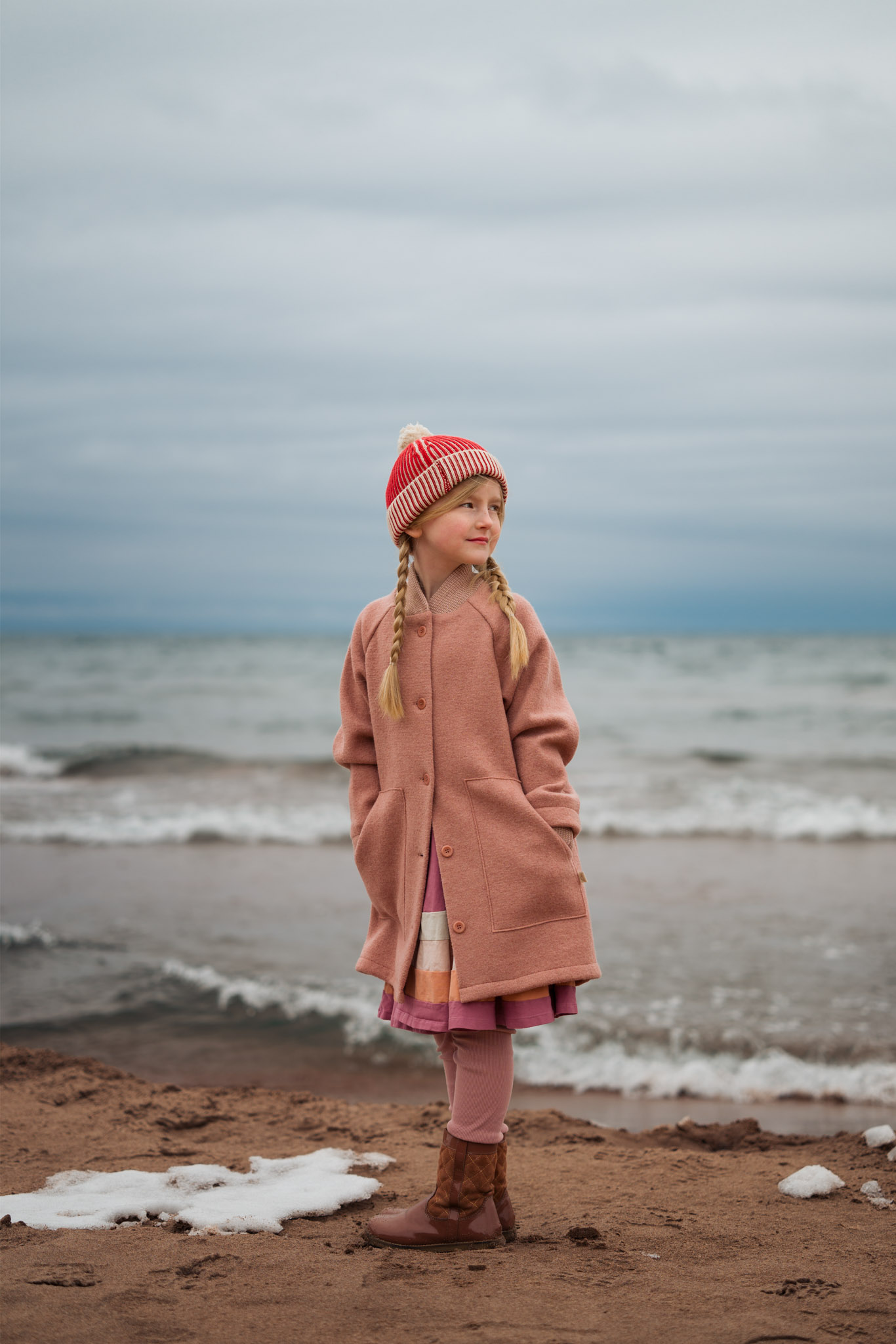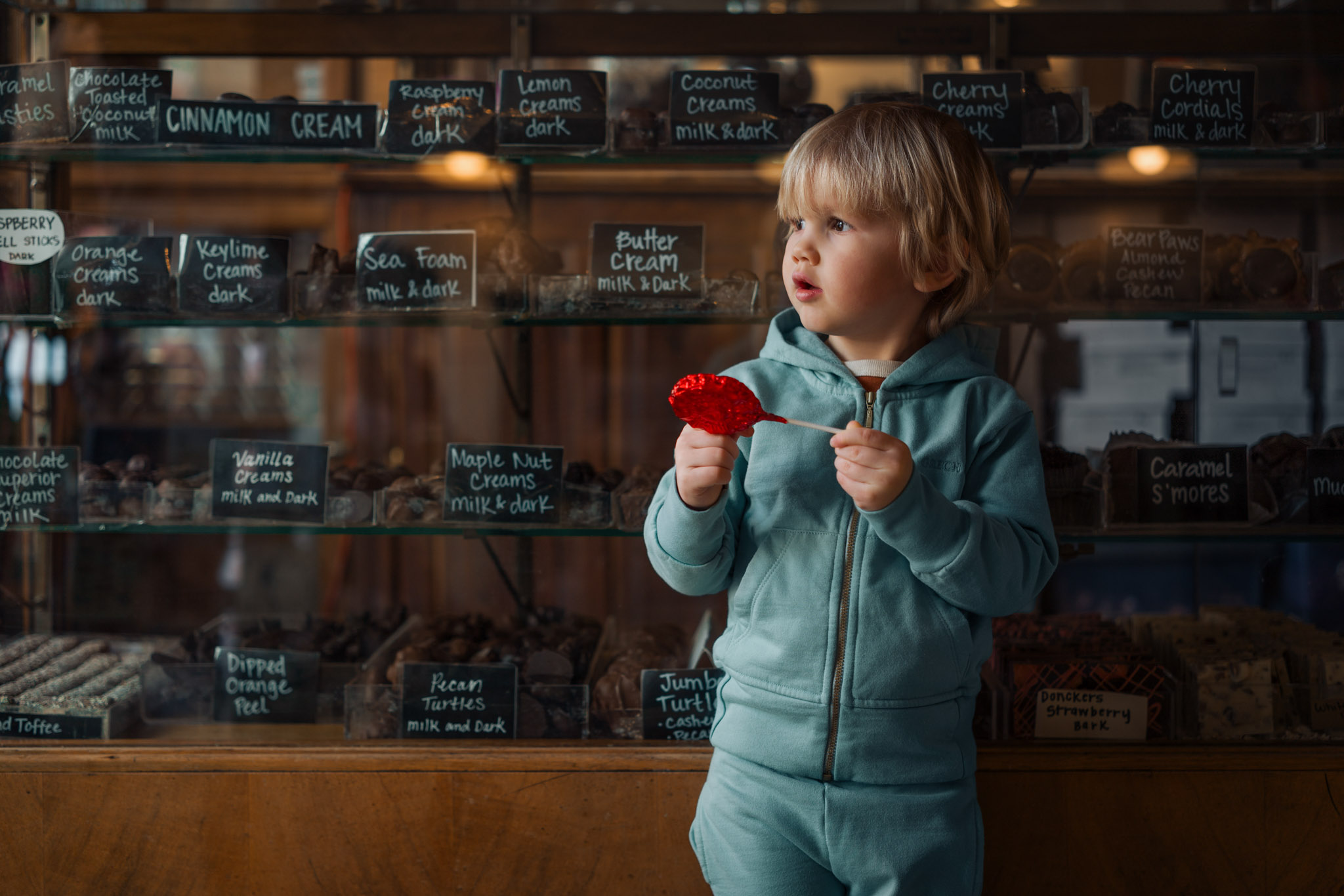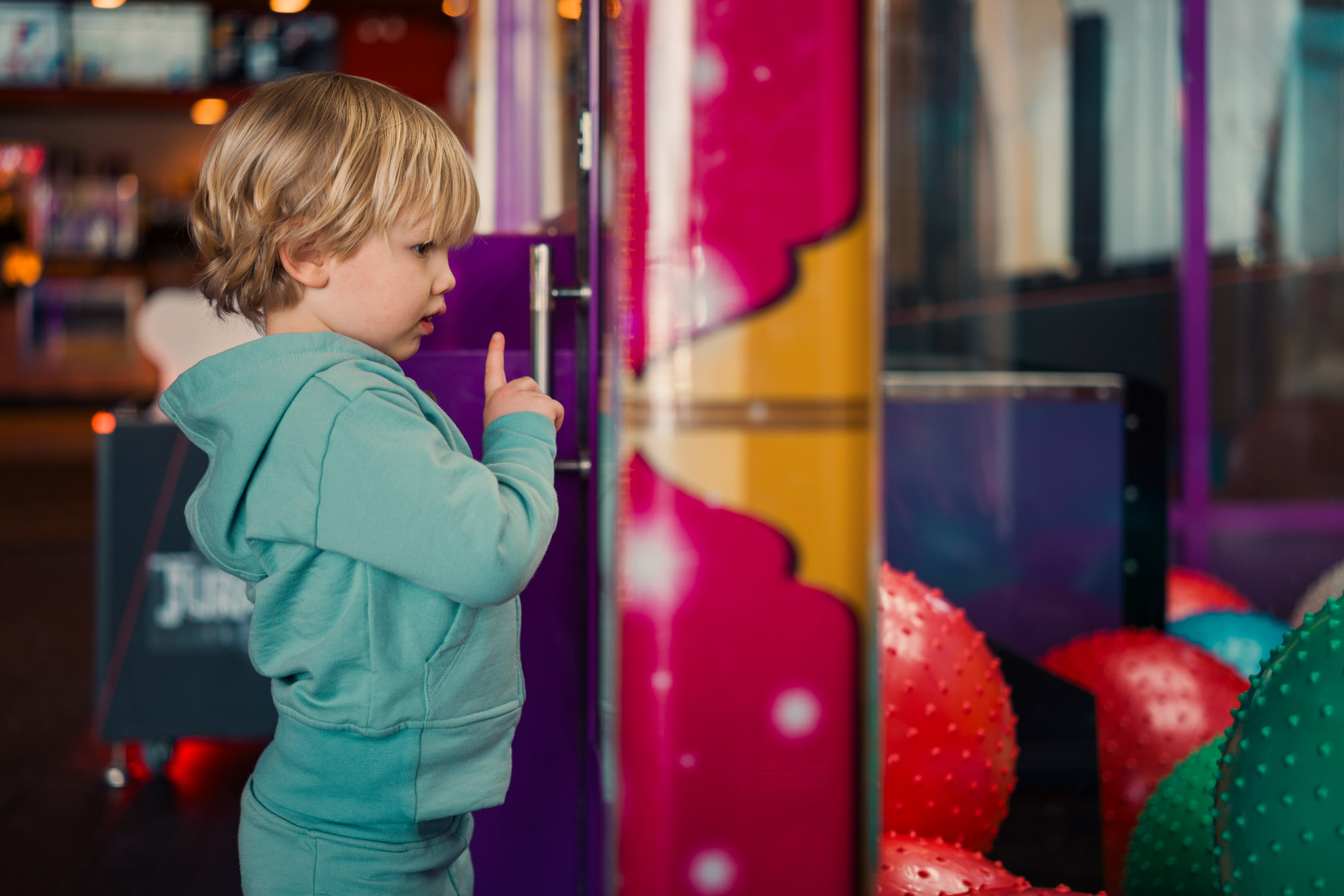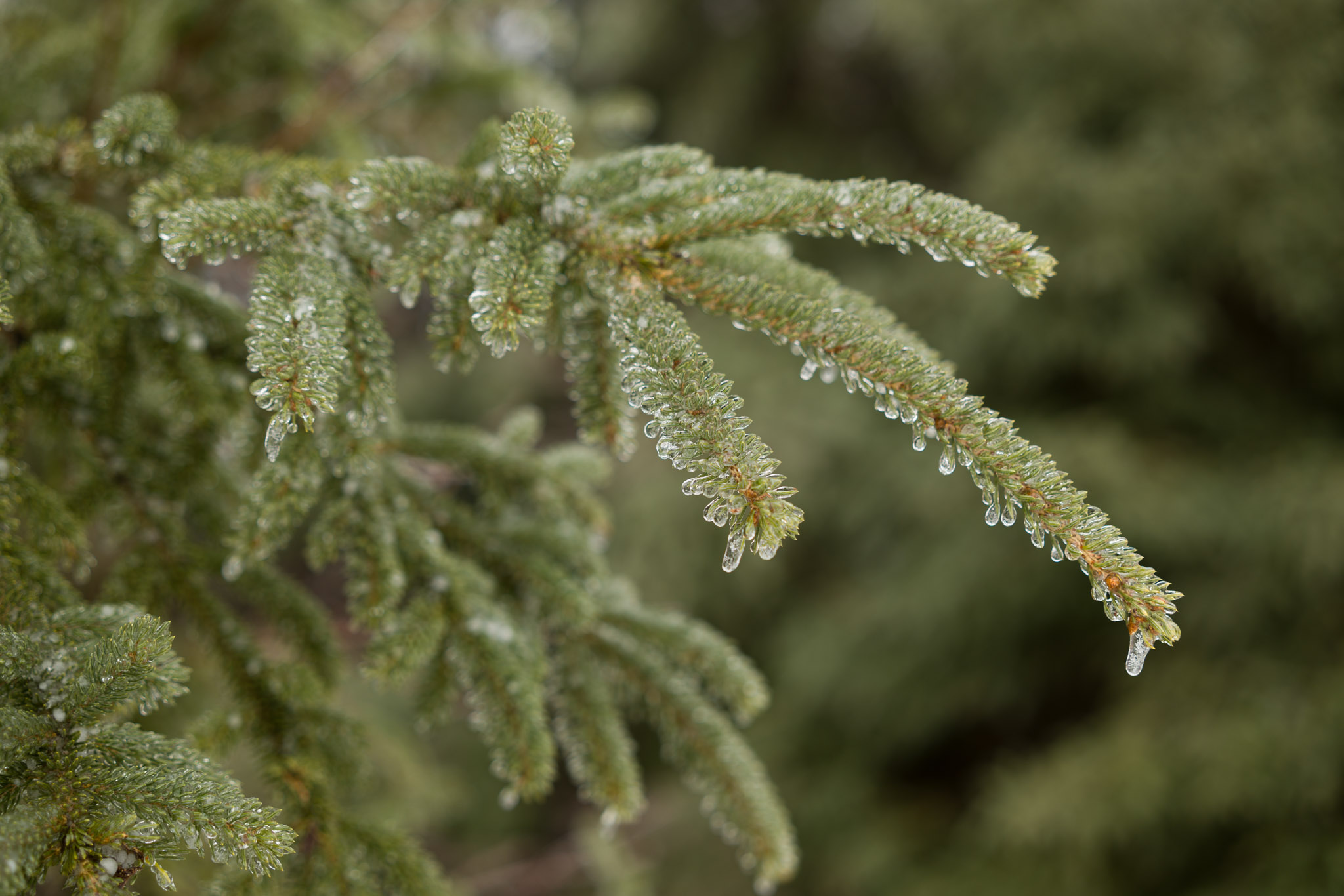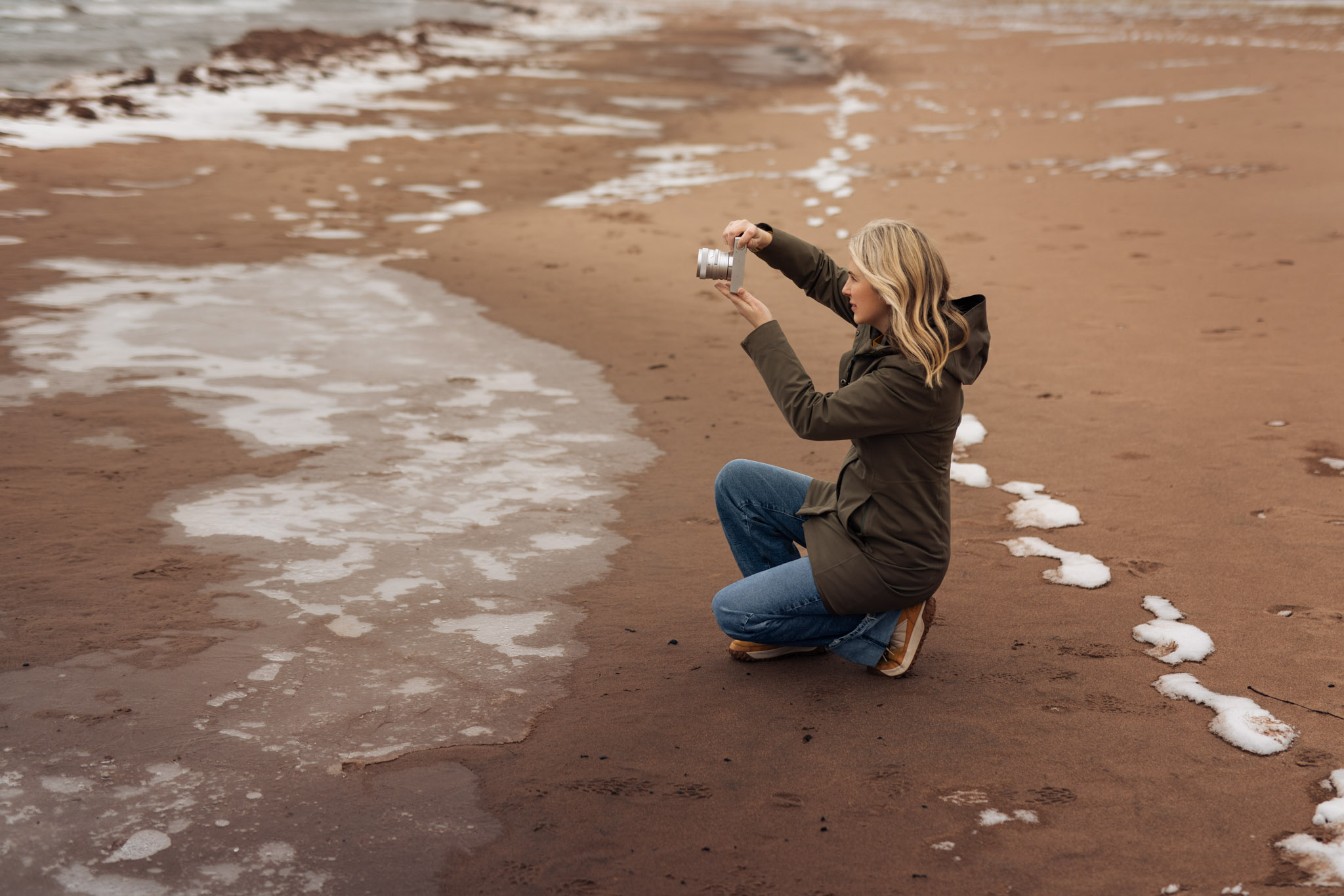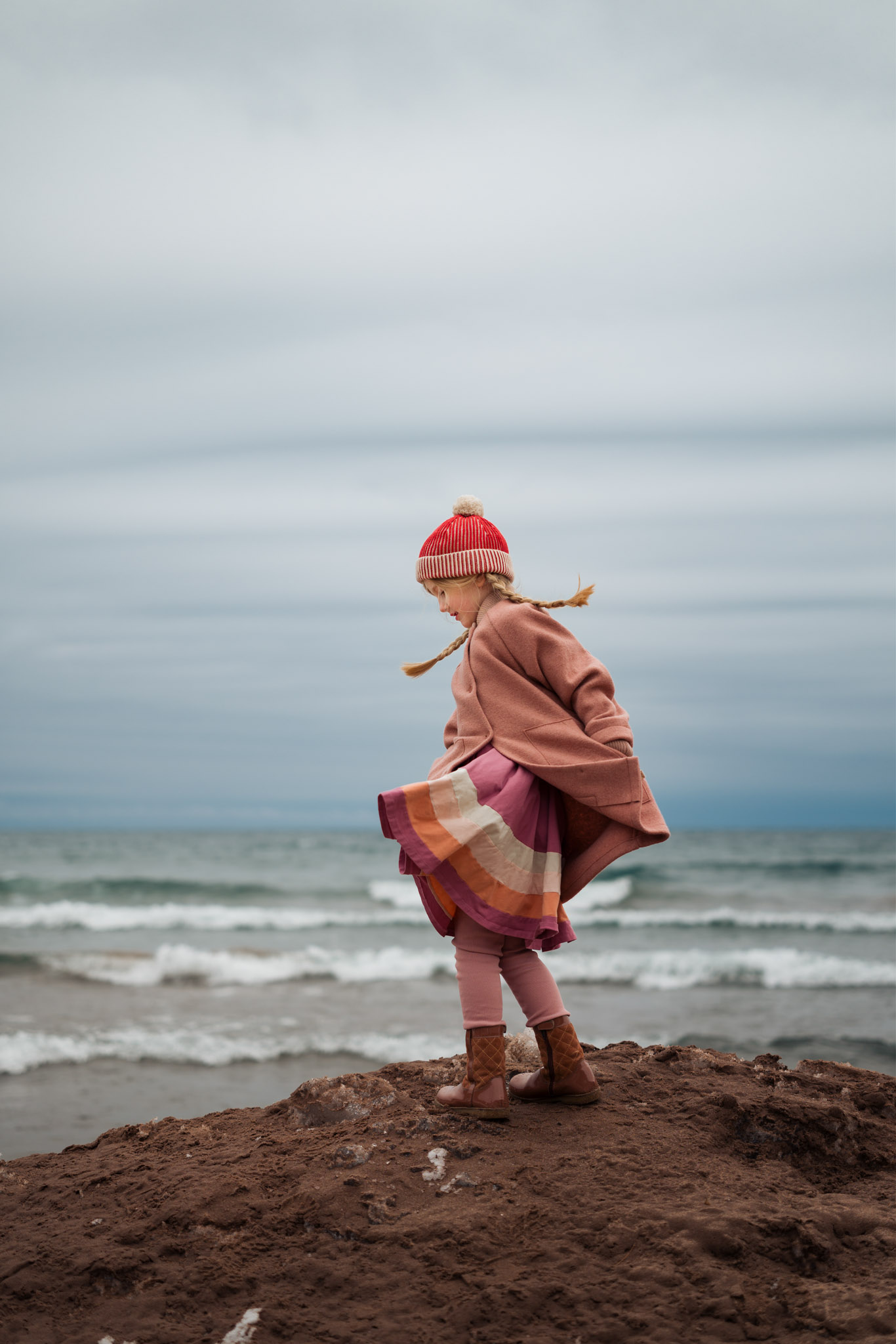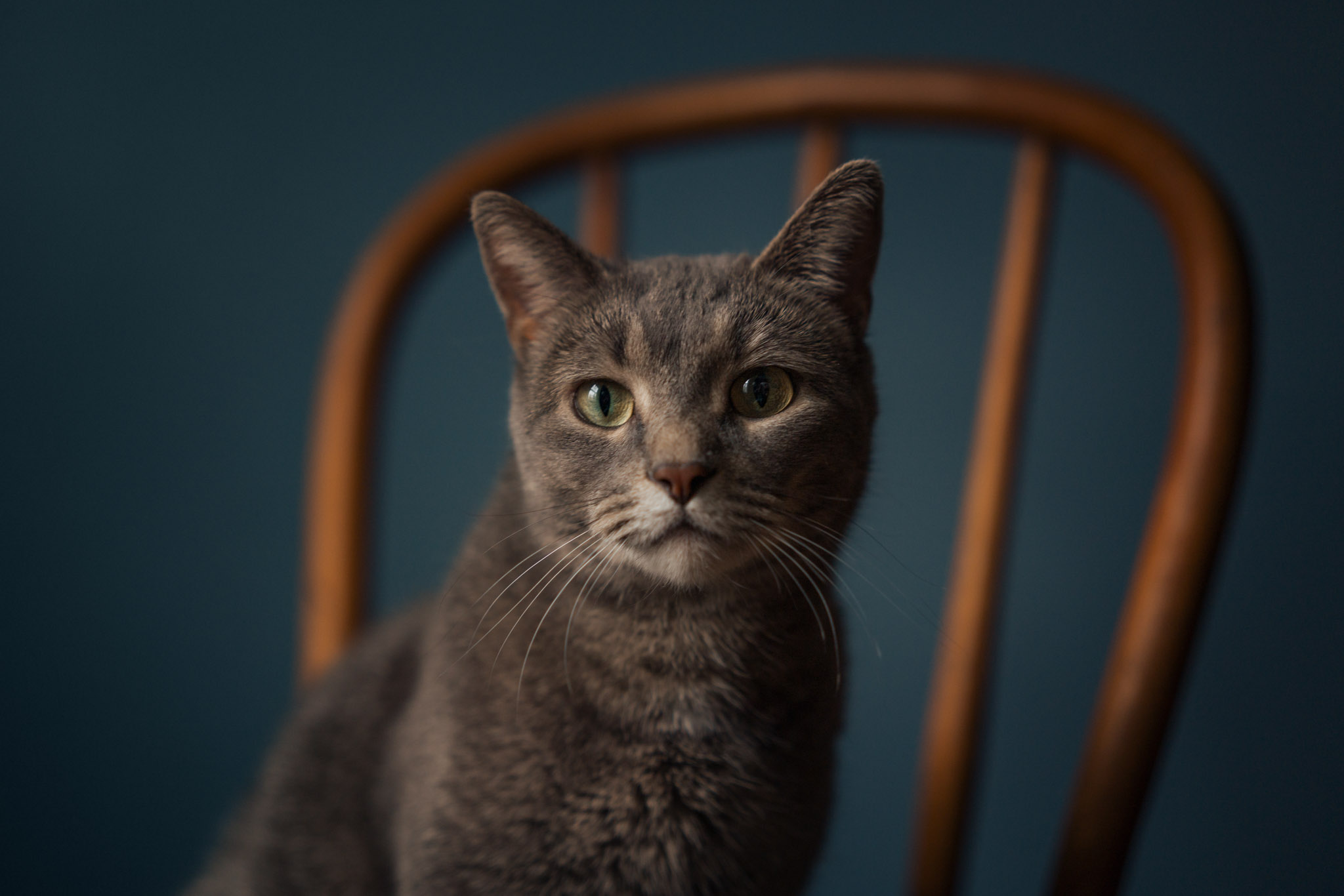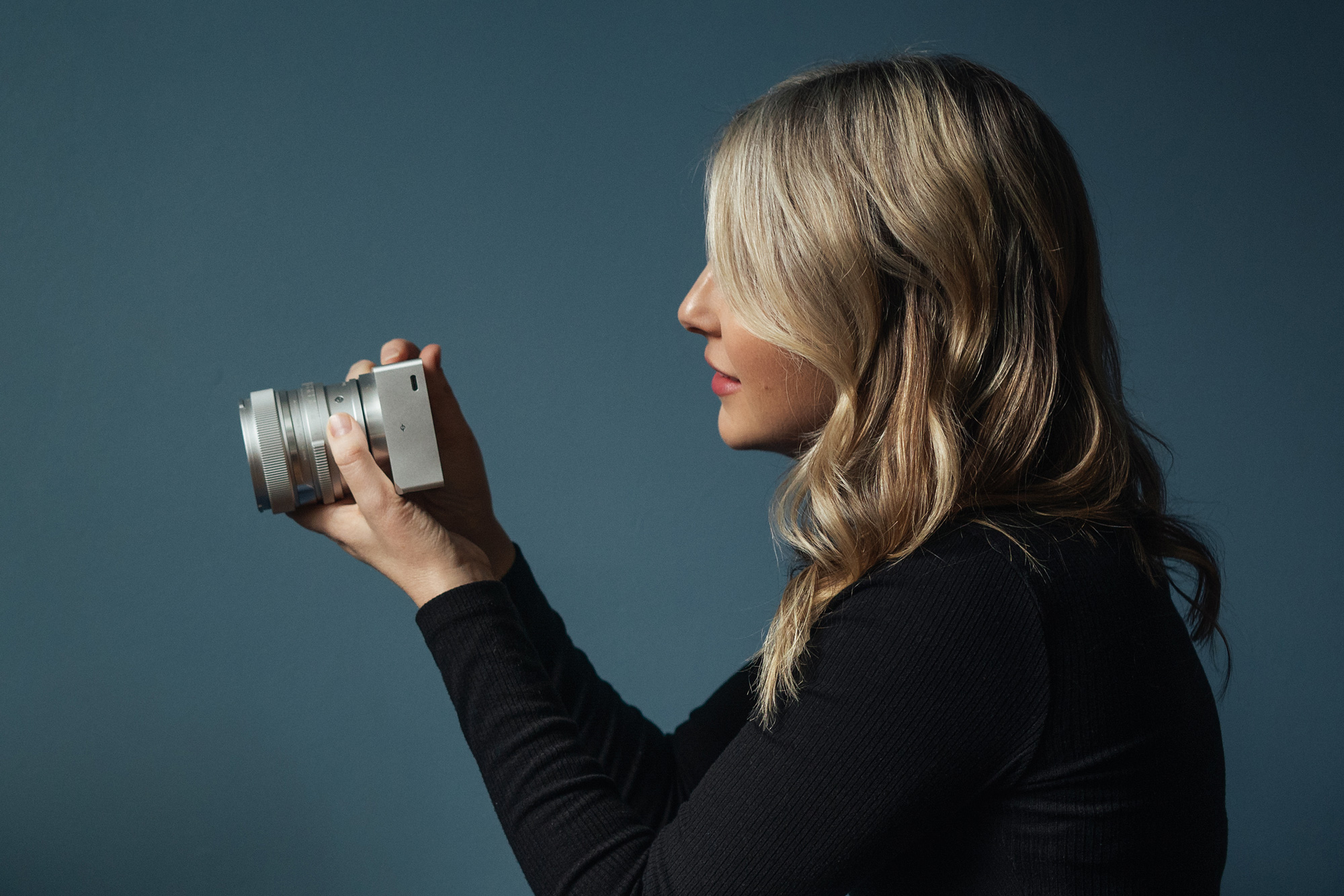[ad_1]
Do you, like me, find black and white images incredibly evocative? They seem to draw us in more than colour, have more sense of life and of story. There are a few genres of photography that are not suited to monochrome, but one that most definitely is, is the urban landscape.
There is so much in urban areas that lends itself to black and white. Amble areas of light and shade, textures, form and most importantly geometry and symmetry.
Today we are going to explore how to elevate your urban images into artistic black and whites.

You Need To See In Black and White
The simple fact is, that not every urban shot you take will be suited to black and white. To shoot great black and white shots you need to see in black and white. Now, that might seem quite an odd statement, especially given the billions of colours our eyes are capable of recording, but hear me out.
Identifying a black and white urban image is not literally about seeing in black and white. It’s about identifying the elements that go into making a great black and white photo.
Some of the most important are the interplay of light and shade and the use of lines of contrast. Light and shade are, perhaps, more important in black and white than in colour. The depth of the blacks define how we react to an image emotionally, the harder the black the more gritty and harsh the image can feel.
Lines of contrast lead our eye around the image. This contrast need not be pure black or white, but well defined graduations of tone that give depth to an image.
One tip, if you struggle with “seeing” black and white in your urban landscapes is to shoot in a black and white mode. On many cameras, this will turn the viewfinder/LCD monochrome as well, making it easier for you to see if the shot works. Make sure you are shooting RAW and JPEG though as the RAW file will give us so much more latitude when editing.

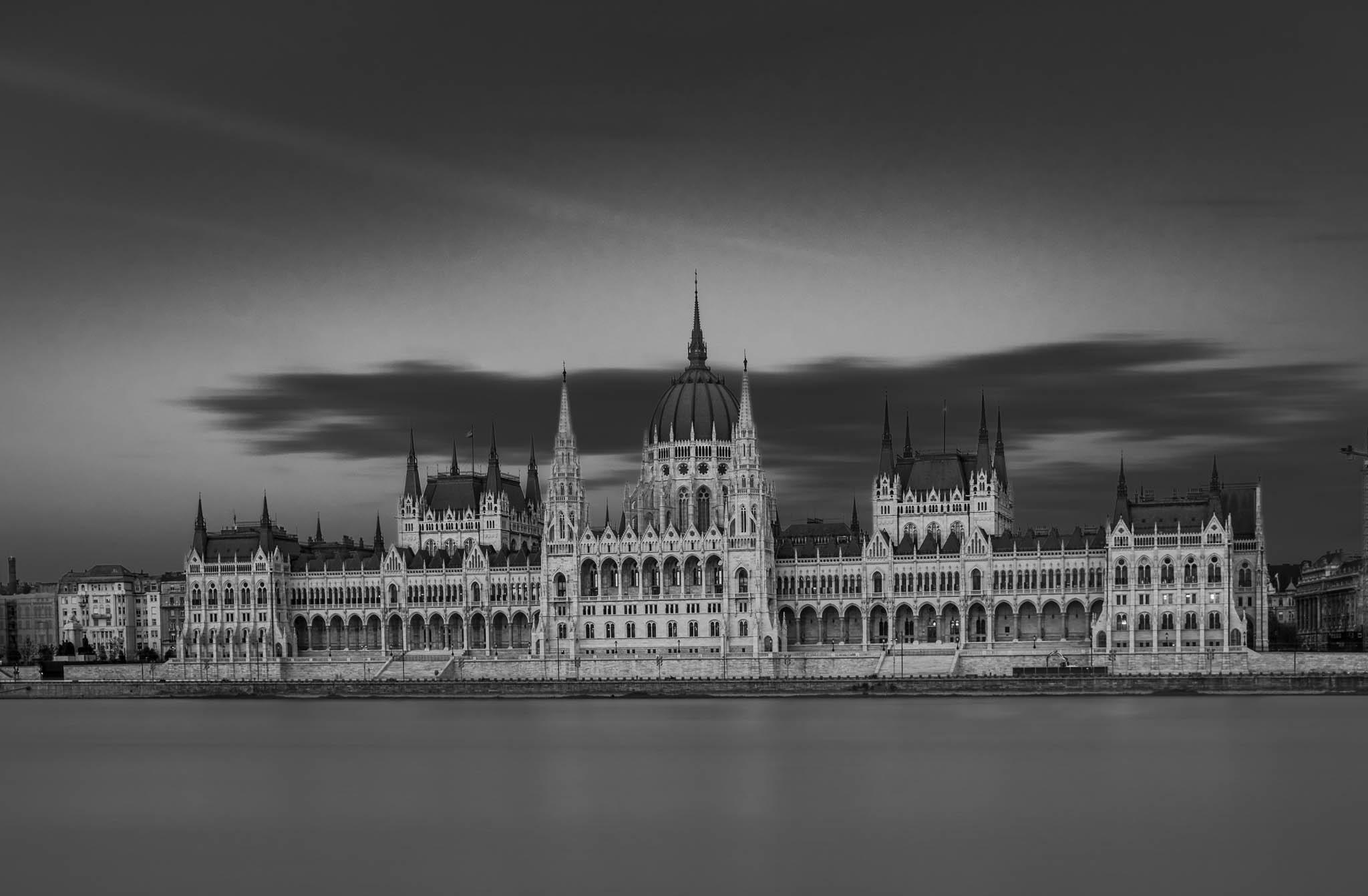
Colour Is Important
Briefly, it is important to know that colour is vital to our black and white shots. Assuming we have shot RAW (see above), we can increase or decrease the luminance of any of the primary colours. For example when editing a blue sky, we can decrease the blue luminance to make that sky much darker.
The urban environment is full of colour, from the faded to the bold. When we are shooting we can identify those blocks of colours that we either wish to enhance or reduce in significance.
For example a bright yellow sign with bold lettering might make an interesting subject to our urban shot. By decreasing the luminance of the blue channel (opposite to yellow) we can brighten up that sign and separate it from the rest of the image. The same can be true of faded colours, we can enhance or reduce their intensity according to how relevant we wish them to be in the image.
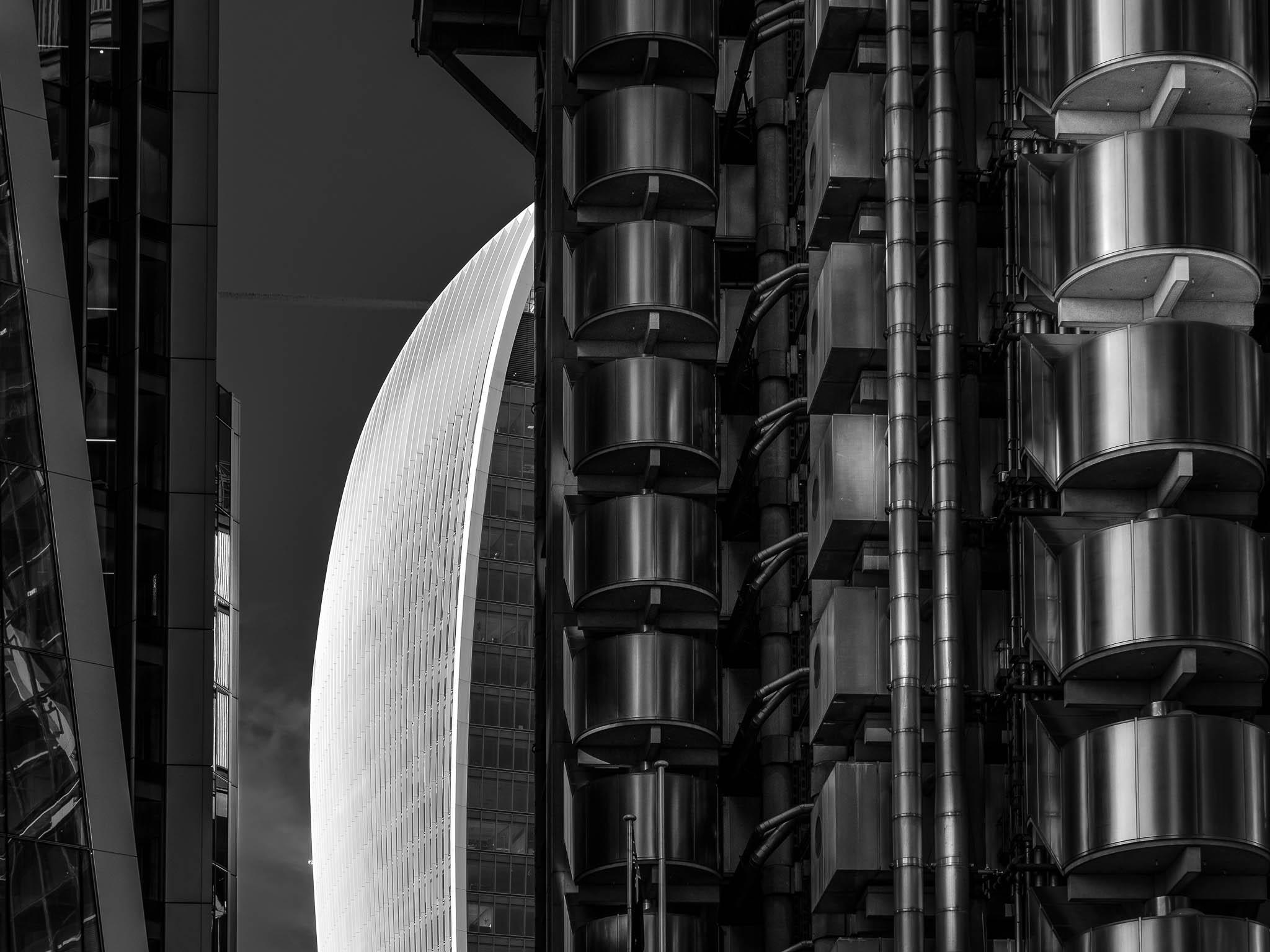
Composition In The Urban Environment
Once you have found the ability to “see” in black and white, you will see monochrome opportunities around every corner. There are several elements in the urban environment that we can identify for black and white shots. The first are the shapes, forms and textures of the manmade. Another is the human element, the stories of the people in that built environment – these also cross genres with street photography. Another important black and white element can be the way nature interacts with the urban.
In man made we are looking for the way the light interacts with structures. How light casts shadows and creates depth and form to our shots. We are looking for symmetry and geometry. A symmetrical image of a building can look great but add in a person to one side and you add tension to the shot. In black and white, this can look amazing.
Textures are everywhere in urban areas, from the rust of the manmade to the bark of a tree. Low directional light makes these textures pop whilst shallow depth of field hints at the location. Graffiti and urban decay are also fantastic black and white subjects in cities and towns
The way the natural works with the manmade is another great area to focus on with your black and white urban images. The lone tree in front of a modern structure. A line of park benches in an urban park. There is so much to look for and shoot.

In The Edit – Processing Black and White
Taking a good black and white is half the job. Editing it is the other half. These days it’s not difficult to edit great black and white urban shots. Tools like Lightroom Classic have a plethora of functions to help us get good black and white images.
There are some things that you can do to add punch though. Convert the image using a colour profile, this will give you a good starting point. Use the black and white sliders to adjust the amount of overall contrast you are looking for. Pushing to the ends of the histogram (or even beyond) will give maximum contrast whilst pulling the blacks and whites inside the histogram will reduce the contrast.
The clarity and texture sliders are great tools for managing mid tone contrasts, and are especially useful in punching out textures. Use masking tools to isolate areas of textures and enhance them.
As mentioned earlier the use of RGB sliders can allow us to manipulate individual colour channels within our black and white urban images giving us huge control over the way they look.
Editing the urban environment in black and white is an immensely satisfying thing to do, be it a few hours or few years after you took the original image.
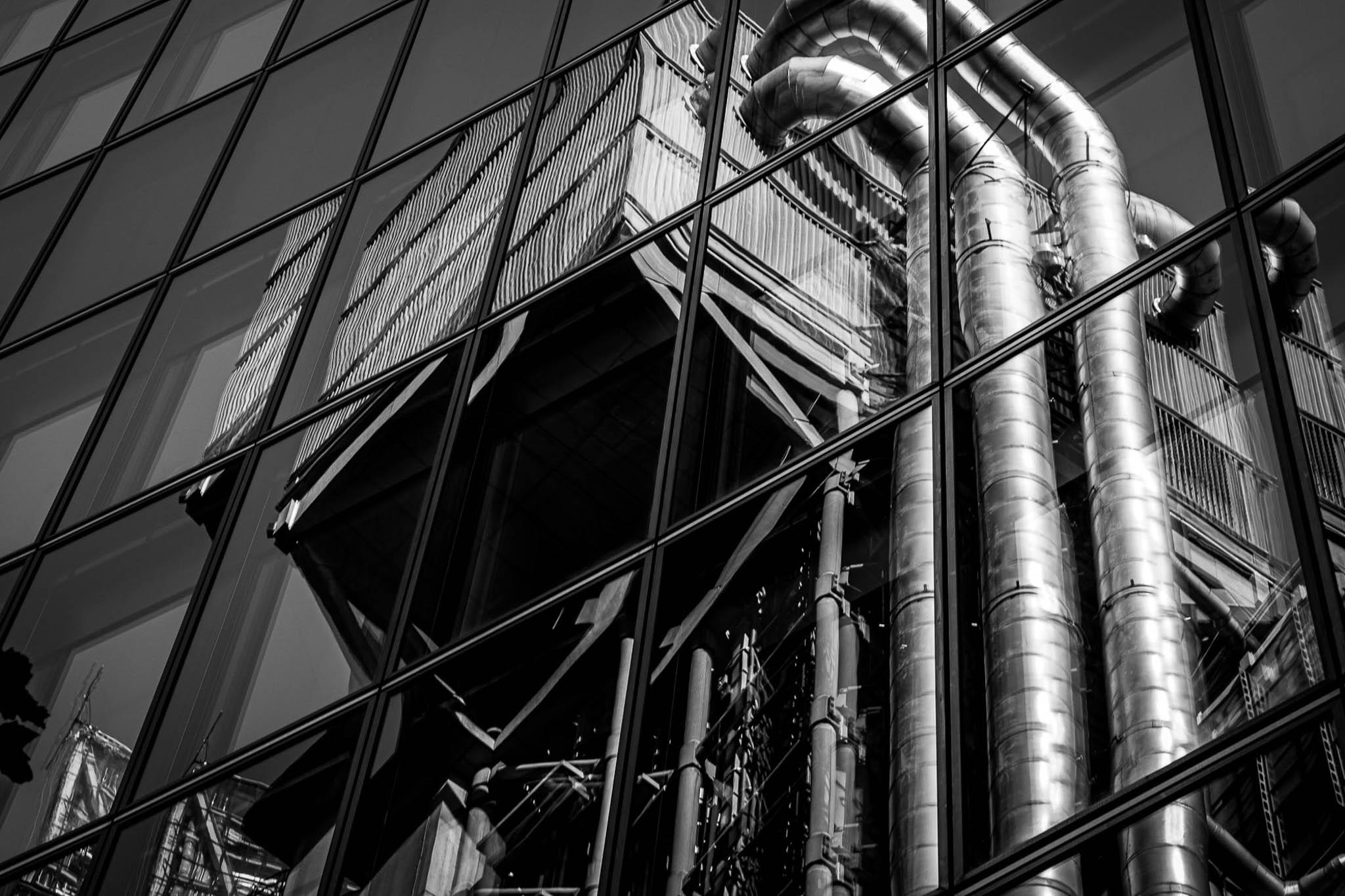
As we mentioned at the top, the urban environment is, perhaps, the best place you will find to elevate your black and white photos to more artistic images.
It’s hard not to find great black and white shots in towns and cities but it will take some practice to both start seeing in black and white and finding compositions to enhance your monochrome shots. But, as they say, practice makes perfect, and with the cameras and editing tools we have to hand today, practice is also immensely satisfying
Further Reading
[ad_2]
Source link

